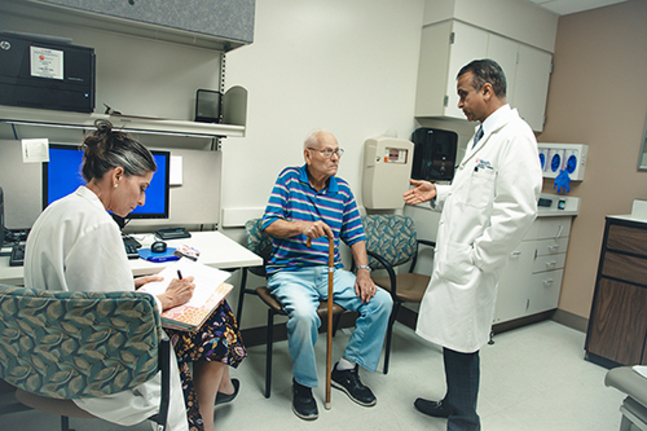Living with pancreatic cancer presents numerous challenges, not only related to medical treatment but also in terms of emotional, psychological, and practical concerns. Navigating this journey requires a comprehensive support system and access to resources that can help patients and their families manage the complexities of the disease. Essential aspects of living with pancreatic cancer include:
Managing Symptoms and Side Effects: Effective symptom management is crucial for maintaining quality of life. This may involve pain management, nutritional support to address weight loss and appetite issues, and strategies to manage other symptoms such as jaundice or digestive problems.
Emotional and Psychological Support: The emotional impact of a pancreatic cancer diagnosis can be profound. Access to counseling, support groups, and mental health services can provide crucial emotional support for patients and their families.
Navigational Assistance: Navigating the healthcare system, understanding treatment options, and making informed decisions can be overwhelming. Patient navigators, often available through hospitals or advocacy organizations, can offer guidance and support throughout the treatment process.
Financial and Practical Support: Cancer treatment can pose significant financial challenges. Resources are available to help manage the costs associated with treatment, including assistance programs offered by nonprofit organizations, pharmaceutical companies, and government agencies.
Advance Care Planning: Discussing and documenting wishes regarding medical care and end-of-life preferences is an important aspect of living with advanced pancreatic cancer. Advance care planning ensures that a patient's values and preferences are respected throughout their care journey.
Quality of Life Focus: Despite the challenges, focusing on quality of life is essential. This includes pursuing activities that bring joy, spending time with loved ones, and exploring complementary therapies that may provide additional relief and comfort.
Living with pancreatic cancer is a deeply personal journey, with each individual facing unique challenges and decisions. Access to comprehensive care, support, and resources is vital for navigating this path, emphasizing the importance of a holistic approach to treatment and care that addresses the full spectrum of a patient's needs.
